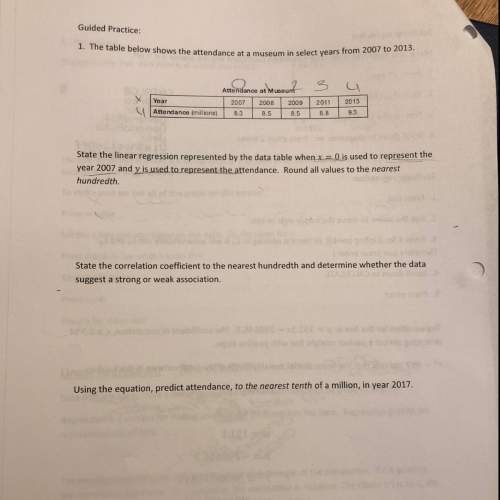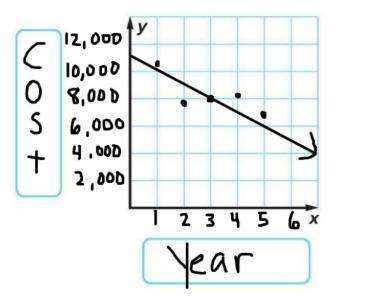5. Problem 8.06 (Expected Returns)
eBook Problem Walk-Through
Stocks A and B have...

Mathematics, 27.03.2020 22:19 jennifercastill3
5. Problem 8.06 (Expected Returns)
eBook Problem Walk-Through
Stocks A and B have the following probability distributions of expected future returns:
Probability A B
0.1 (13 %) (39 %)
0.2 3 0
0.4 12 20
0.2 19 27
0.1 36 38
Calculate the expected rate of return, , for Stock B ( = 11.50%.) Do not round intermediate calculations. Round your answer to two decimal places.
%
Calculate the standard deviation of expected returns, σA, for Stock A (σB = 20.63%.) Do not round intermediate calculations. Round your answer to two decimal places.
%
Now calculate the coefficient of variation for Stock B. Do not round intermediate calculations. Round your answer to two decimal places.
Is it possible that most investors might regard Stock B as being less risky than Stock A?
If Stock B is more highly correlated with the market than A, then it might have a lower beta than Stock A, and hence be less risky in a portfolio sense.
If Stock B is more highly correlated with the market than A, then it might have the same beta as Stock A, and hence be just as risky in a portfolio sense.
If Stock B is less highly correlated with the market than A, then it might have a lower beta than Stock A, and hence be less risky in a portfolio sense.
If Stock B is less highly correlated with the market than A, then it might have a higher beta than Stock A, and hence be more risky in a portfolio sense.
If Stock B is more highly correlated with the market than A, then it might have a higher beta than Stock A, and hence be less risky in a portfolio sense.
Assume the risk-free rate is 3.5%. What are the Sharpe ratios for Stocks A and B? Do not round intermediate calculations. Round your answers to four decimal places.
Stock A:
Stock B:
Are these calculations consistent with the information obtained from the coefficient of variation calculations in Part b?
In a stand-alone risk sense A is more risky than B. If Stock B is less highly correlated with the market than A, then it might have a lower beta than Stock A, and hence be less risky in a portfolio sense.
In a stand-alone risk sense A is more risky than B. If Stock B is less highly correlated with the market than A, then it might have a higher beta than Stock A, and hence be more risky in a portfolio sense.
In a stand-alone risk sense A is less risky than B. If Stock B is more highly correlated with the market than A, then it might have the same beta as Stock A, and hence be just as risky in a portfolio sense.
In a stand-alone risk sense A is less risky than B. If Stock B is less highly correlated with the market than A, then it might have a lower beta than Stock A, and hence be less risky in a portfolio sense.
In a stand-alone risk sense A is less risky than B. If Stock B is less highly correlated with the market than A, then it might have a higher beta than Stock A, and hence be more risky in a portfolio sense.

Answers: 2


Other questions on the subject: Mathematics

Mathematics, 21.06.2019 14:40, kingteron6166
Which system of linear inequalities is represented by the graph? !
Answers: 1

Mathematics, 21.06.2019 19:30, sotoamerica0814
What is the effect on the graph of the function f(x)=x when f(x) is replaced with -f(x)+4
Answers: 1

Mathematics, 21.06.2019 20:00, gracieorman4
Solve each equation using the quadratic formula. find the exact solutions. 6n^2 + 4n - 11
Answers: 2

Mathematics, 21.06.2019 20:30, kcarstensen59070
Solve each quadratic equation by factoring and using the zero product property. 10x + 6 = -2x^2 -2
Answers: 2
You know the right answer?
Questions in other subjects:


Arts, 23.09.2019 00:10






Mathematics, 23.09.2019 00:10

Mathematics, 23.09.2019 00:10






